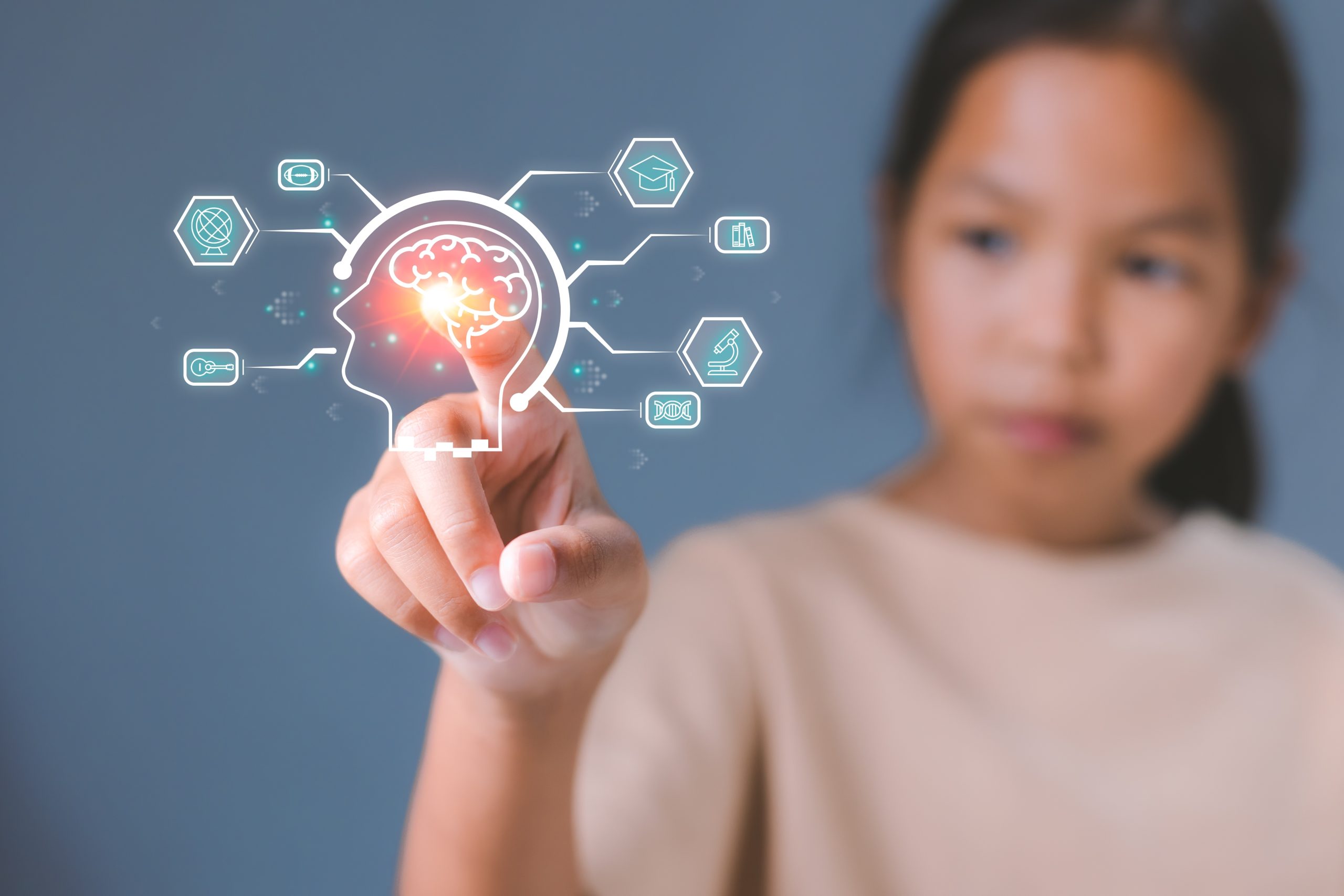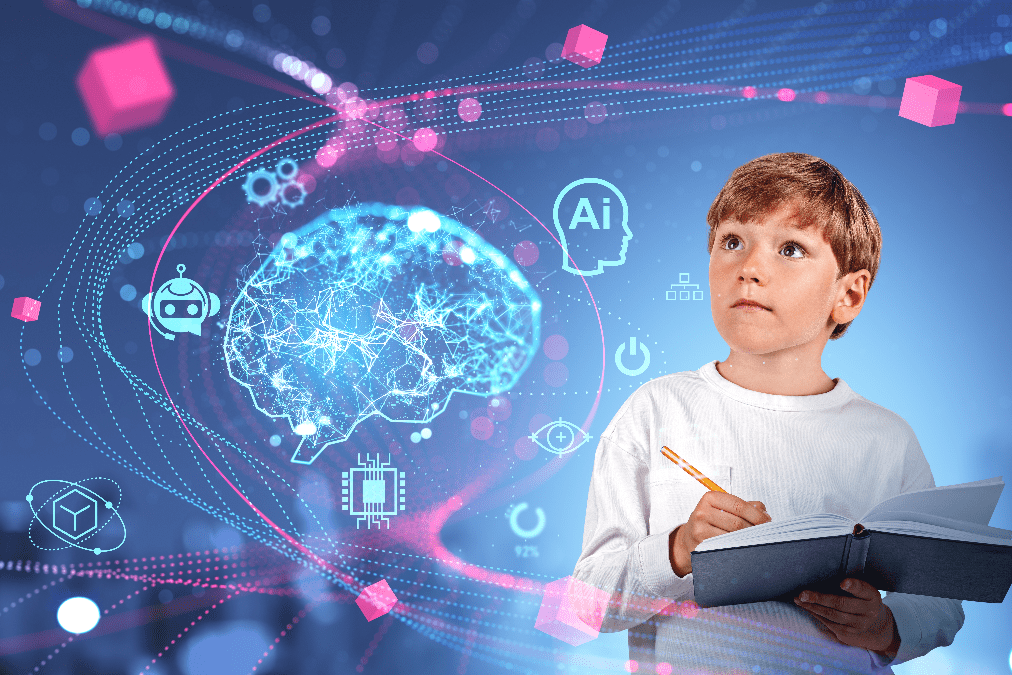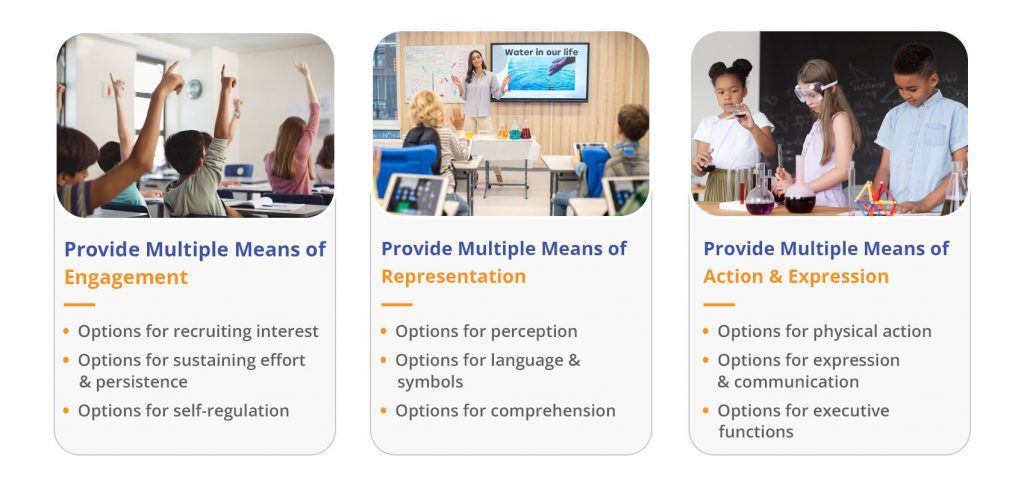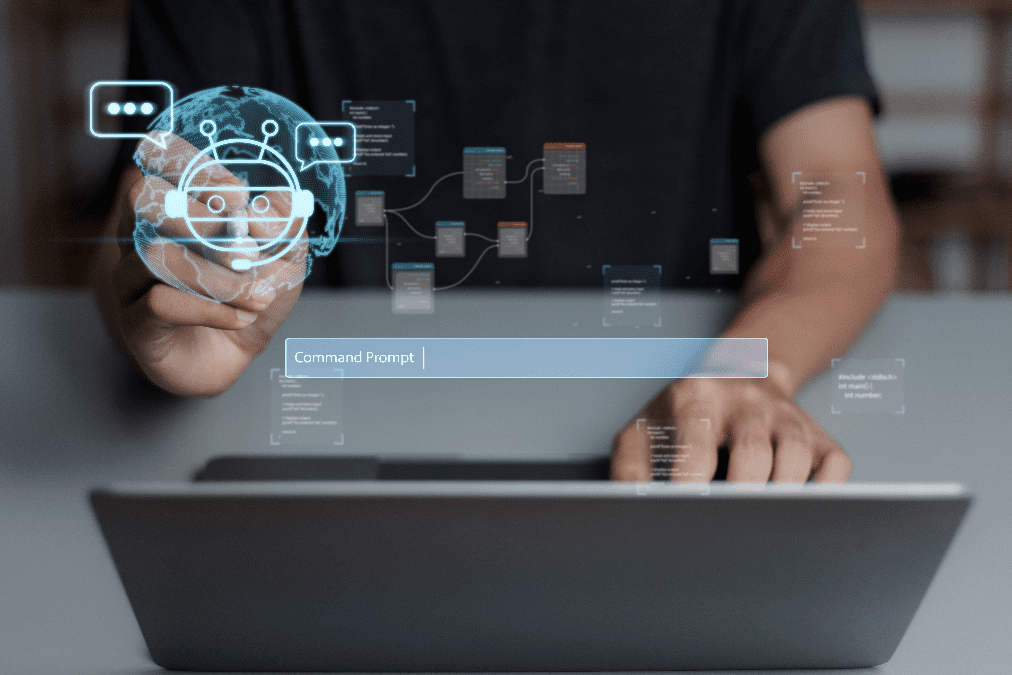Picture this: You are all set to embark on a traditional training session, be it online or offline, that may take up hours. Your enthusiasm slowly starts to fade away as the hours go by, and your mind becomes a tangled mess of information. You wonder if there is a more effective learning method that is engaging, and the knowledge assimilated can stay with you for longer. Enter microlearning.
Although the concept of microlearning has been around for a long time, in a world of information overload and fleeting attention spans, microlearning stands out as a refreshing solution that can be applied to a wide variety of use cases and learner needs – be it a novice eager to acquire new skills or an expert looking to sharpen your edge. The essence and use case of microlearning go beyond creating bite-sized learning content; read on as we dig a bit into the underlying science of this instructional strategy.
What is Microlearning?
As the name suggests, microlearning involves training or teaching with the help of bite-sized content portions and not long-form content. As a matter of fact, it has been estimated that this method of learning is 5-10 times more effective as compared to traditional methods. Microlearning can be carried out in a variety of formats:
- Photos, illustrations, infographics
- Audio clips
- Short quizzes
- Games
- Short videos
- Emails
- SMS and many others
The primary goal of microlearning is to provide learners with quick bursts of information that can be easily absorbed and retained.
For example, Google leveraged microlearning instead of traditional methods to effectively train thousands of managerial cadres about the need to foster a psychologically safe team culture. Termed as ‘a whisper course’, the strategy was a series of emails that contained suggestions the managers could implement during team meetings. Each email focused on the learning objectives—what, why, and how—and ended with a call-to-action (CTA). This course found high acceptance among the managerial staff, with real tangible benefits of behavioral change reported by managers in a follow-up survey.
The Science Behind Microlearning: Why Is It So Effective?
The process of learning is personal. It varies as per each individual and is a dynamic process. However, there are a few factors that affect the process of learning in individuals. These factors are:
Constructivism
Constructivism means that learning is an active, constructive process where individuals build new knowledge and understanding based on their prior experiences and interactions with the world.
Behaviorism
Behaviorism is a learning theory that focuses on observable behaviors and how they are influenced by external stimuli and reinforcement. It suggests that learning occurs through conditioning, reinforcing desired behaviors and discouraging undesired behaviors.
Experiential Learning
Experiential learning emphasizes the significance of hands-on experiences and reflection. Learners acquire knowledge by actively engaging with the subject matter and then reflecting on their experiences to derive meaning and insights. This can happen through simulated customer interactions, and the employees can continue learning in the flow of work.
Cognitivism
Cognitivism focuses on the mental processes involved in learning, such as memory, attention, and problem-solving. It suggests that learners actively process information, organize it into meaningful patterns, and use cognitive strategies to retain and recall knowledge.
Microlearning takes advantage of the way our brains learn. Our brains are wired to learn in short bursts, i.e., when we learn something new, our brains release a chemical called dopamine. Dopamine is a neurotransmitter that is associated with pleasure and reward. When we experience a pleasurable feeling, we are more likely to repeat the behavior that caused it.
In the case of learning, this means that we are more likely to remember information that we learn in short bursts. As a matter of fact, it was found that the learning abilities of students increased by 18% with microlearning. Listed below are a few ways in which microlearning has proven to be effective.
Repetition
The concept of microlearning uses repetition to enhance the long-term memory aspect and cater to the short attention span of today’s modern generation. It has been researched that when you learn something, it only takes about 24 hours to forget 50-80% of it. This is where microlearning comes in handy. It helps the employees to retain knowledge for longer periods and actually benefit from it.
Retrieval
Through retrieval practice, information is pulled from the learner to promote learning. This method is more effective at boosting long-term retention. The learning activities of microlearning can include quizzes to challenge students’ problem-solving abilities.
Interleaving
The process of interleaving means focusing on multiple skills rather than only one skill. With the assistance of microlearning, you can enhance your daily learning experiences to support the different learning styles of learners.
Assessment
By taking assessments in the form of quizzes you can enhance the memory of the employees. By making learning a routine and inculcating it in your daily activities can help retain your memory.
For example: IBM used microlearning to help their employees adapt to cloud expertise. They launched a platform wherein the employees could develop cloud skills at their own pace. There were several exercises on this platform, each of which addressed a specific question and introduced employees to a specific skill.
Using the Psychology of Microlearning to Your Advantage
Leveraging the psychology of microlearning is a transformative approach that revolutionizes the way we absorb and retain information. By breaking down complex topics into bite-sized learning material, learners can engage with the content more effectively, maximizing knowledge absorption and retention. Listed below are the top 5 use cases of microlearning to your advantage.
Employee Onboarding
For a new employee, retaining a large amount of information in a short span may seem like a daunting task. However, with the help of microlearning, employees can prioritize the most important pieces of information, and breaking it down into smaller chunks can help them learn faster and better.
Professional Skills Training
Companies choose microlearning for professional skills training as it offers short, focused learning modules that are easy to digest and fit into employees’ busy schedules. It allows learners to quickly acquire or refresh skills like time management, effective communication, problem-solving, and customer service without requiring lengthy training sessions.
Compliance Training
Microlearning simplifies compliance training by delivering concise, targeted content on regulations and policies, promoting better understanding and adherence among employees, leading to a more compliant and risk-aware workforce.
Product Knowledge Training
Microlearning facilitates product knowledge training through brief, engaging modules that educate employees about key features, benefits, and usage scenarios, empowering them to communicate effectively with customers and drive sales.
Introduction to Organization’s Policies and Culture
Microlearning provides a convenient way to introduce employees to the company’s policies and culture in short, interactive bursts, fostering a quick understanding of the organization’s values and expectations, leading to better alignment and engagement.
Microlearning – A Game-changing L&D Toolkit
Microlearning has an innate ability to engage learners and improve learning experiences. By leveraging the science of learning, microlearning breaks down complex topics into easily digestible portions, leading to effective knowledge absorption and lasting retention. From employee onboarding to professional skills training, microlearning proves versatile and impactful across various use cases. Moreover, due to its modular framework, it is easy to scale and update courses over a long period of time proving to be a cost-effective instructional strategy in a complex and dynamic business landscape.
At Integra, we help L&D teams experiment and innovate within their space by providing the much-needed bandwidth through our custom eLearning and microlearning solutions. Our team of experts can help you design innovative and impactful learning interventions for your organization’s needs. Contact us today to learn more about how we can support you in helping you achieve your L&D goals!













